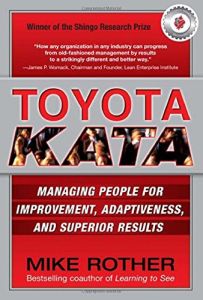
Toyota Kata
Managing People for Improvement, Adaptiveness, and Superior Results
Recommendation
If you have ever trained in martial arts, you may be familiar with “kata,” the term for a routine or pattern that improves your practice. Based on this approach, Toyota created a routine that supports continuous improvement. Engineer and continuous improvement expert Mike Rother explains that “improvement kata” and “coaching kata” form the invisible bonds that make Toyota successful. He explains essential improvement concepts like “PDCA” and “mentor-mentee dialogue” in detail, complete with case histories and examples. His text is dense, yet easy enough to digest if your background is in manufacturing. Fortunately, he loves schematic figures and explanatory drawings and they help guide the way. getAbstract recommends Rother’s insights to leaders in manufacturing eager to explore behavioral patterns and techniques that go beyond the known Lean Manufacturing toolkit.
Summary
About the Author
Engineer, researcher and teacher Mike Rother worked with Toyota on continuous improvement, and affiliates with the University of Michigan and other research institutions.









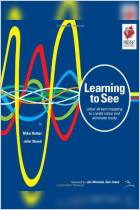

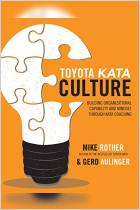

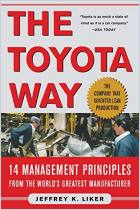


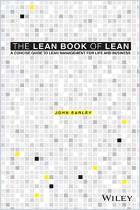







Comment on this summary or Diskussion beginnen
A Toyota person once told me to focus on the biggest problem. However, when I tried to do this I noticed a negative effect: We got lost in hunting for and discussing what was the biggest problem. When we tried gathering data and making Pareto charts, it took a lot of time and the biggest problem in the Pareto chart was usually “other” which put us back into debating options. By the time we decided what the biggest problem was, the situation at the process had changed. This effect is called Pareto paralysis, and I encourage you to avoid it. Pareto paralysis delays your progress as people try to determine the “right” first step to take.
Conclusion: it matters more that you take the first step than what the first step is.